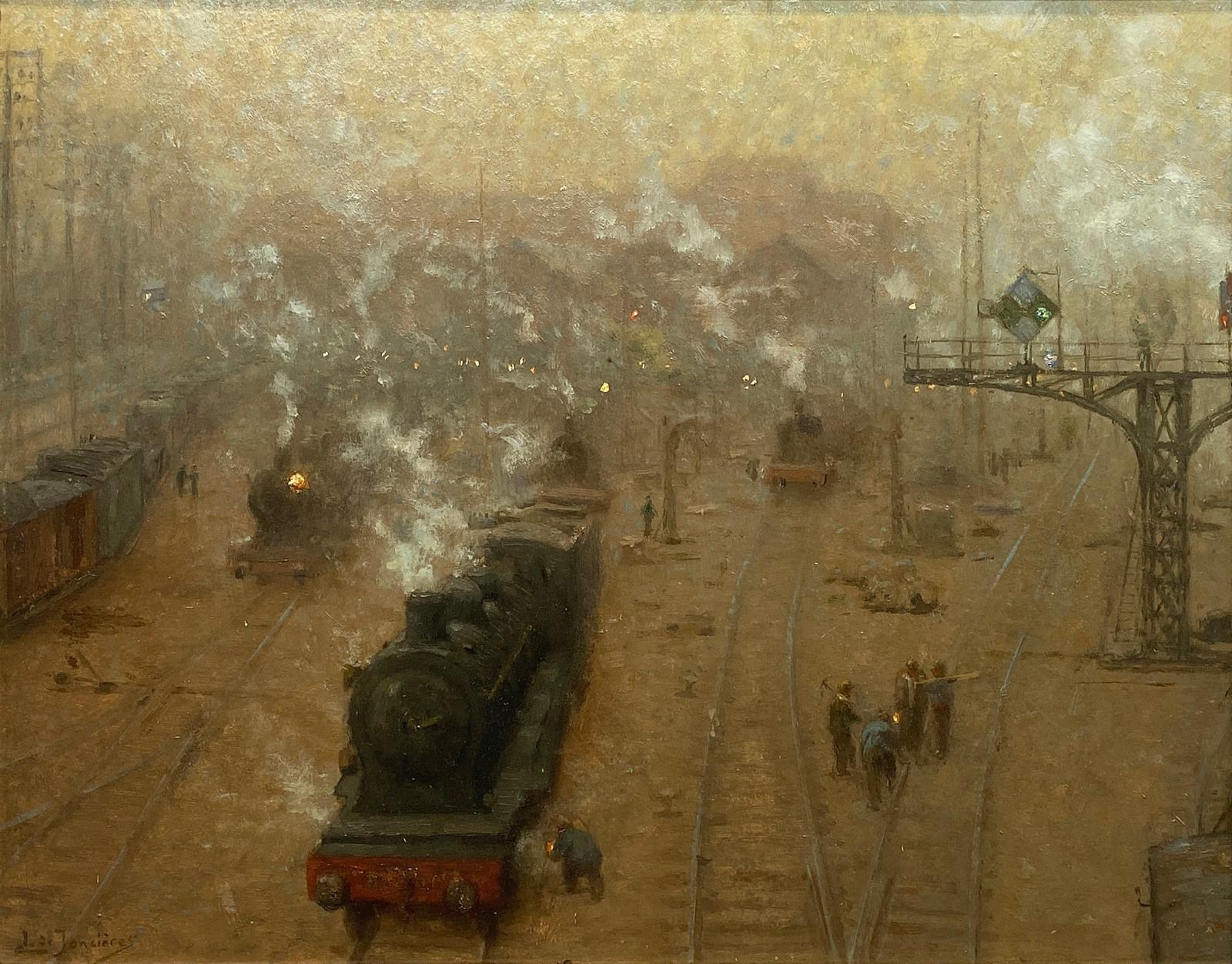










Framed: 26 1/2 x 32 inches
artist
de Joncières was a French painter and academician known for his contributions to the Romantic and academic art movements. Born in Paris, he studied at the prestigious École des beaux-arts under the guidance of renowned artists like William Bouguereau. De Joncières was celebrated for his historical and mythological scenes, often imbued with classical themes, and for his mastery of light and color. His works were showcased in major salons, earning him recognition and acclaim throughout France.
Apart from his painting career, de Joncières held important positions in the French art community, including his role as a professor at the École des beaux-arts. He also gained a reputation for his efforts to preserve and promote the traditions of French academic art, acting as a strong advocate for its continuity in the face of modern artistic trends. His legacy remains tied to his dedication to the grandeur of classical painting, blending Romanticism with the academic ideals of his time.
Description
We consider this to be an exceptional impressionist work of art in terms of subject, atmosphere and artistic excellence. La Gare or the “train station” and downtown Montparnasse was a hub of activity at the turn of the century. This area became a very popular destination for artists and writers. Around 1910, artists from near and far began leaving the Montmartre area and headed to the Left Bank neighborhood of Montparnasse. What it lacked in charm, Montparnasse made up for with ample space. The studio hub of Montparnasse, known as the “beehive” – provided eighty studios and two hundred beds. All nationalities came under one roof – Spaniards, Austrians, Russians, Scandinavians, Italians, Germans, and Americans. In and around the cafés one could find Gertrude Stein, Marc Chagall, Soutine, Jacques Lipchitz, Alexander Archipenko, Amedeo Modigliani, and of course Picasso.
Leonce de Joncières was a painter, watercolorist, illustrator and a poet. In this painting, La Gare Du Montparnasse, Joncières, an academically trained artist, captures the fading light through the steam engines, creating a sense of mystery and romance. While depicting the city at the height of industrialization, the artist depicts the train station with both impressionistic brush strokes and precise architectural silhouettes. The nuanced color palette of browns, yellows, pinks, and light blues bring softness to an otherwise commercial scene.










